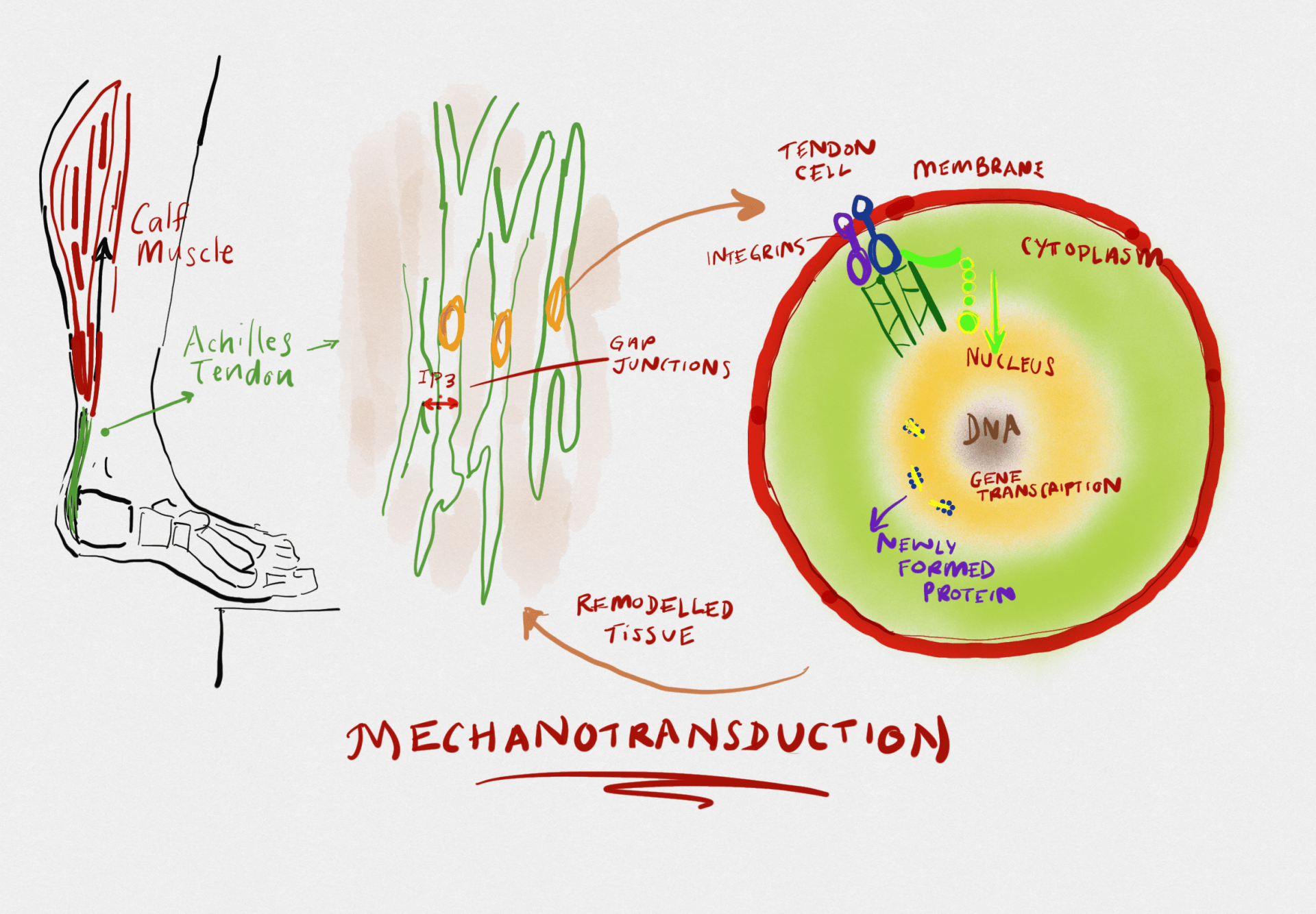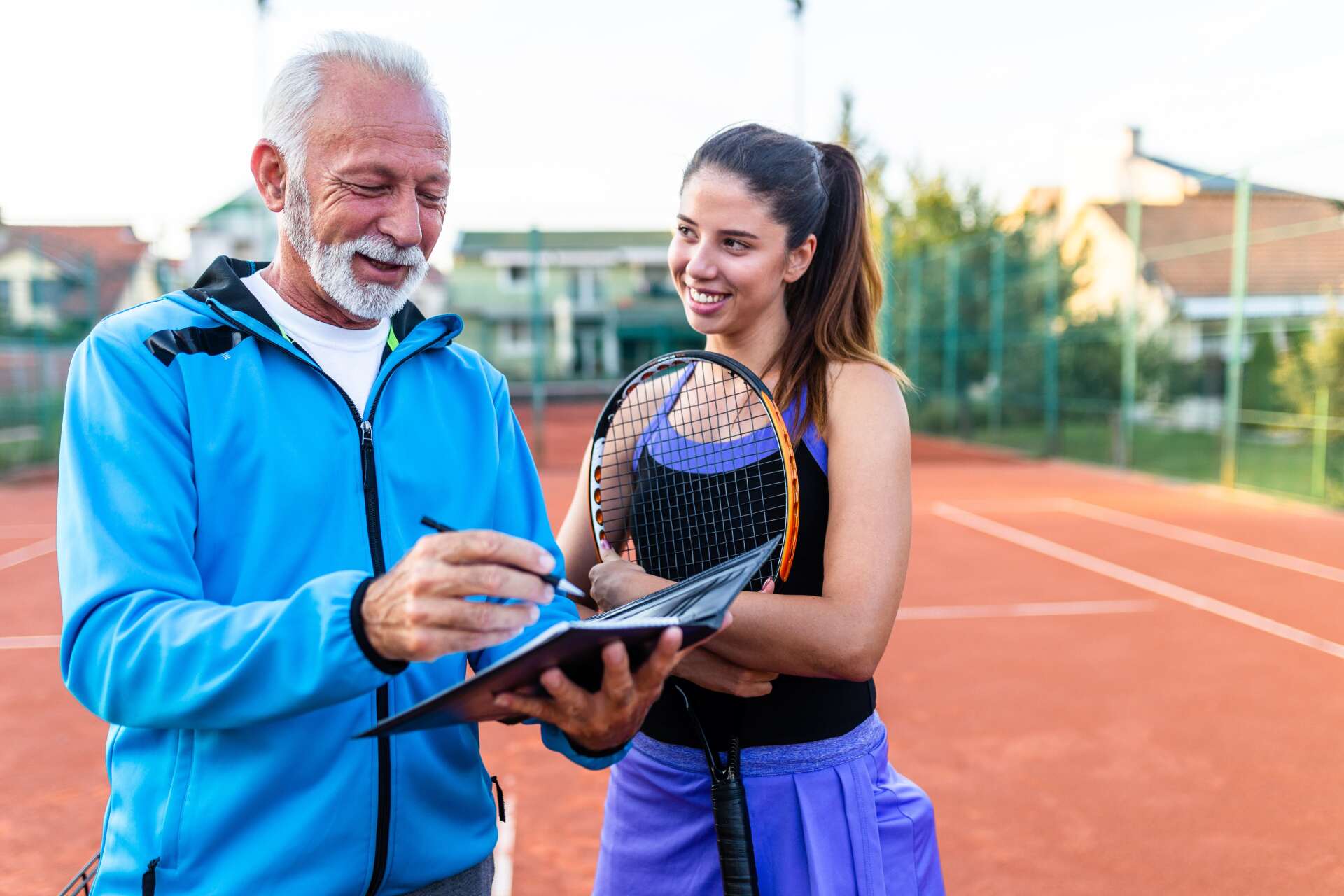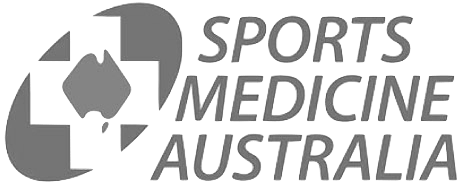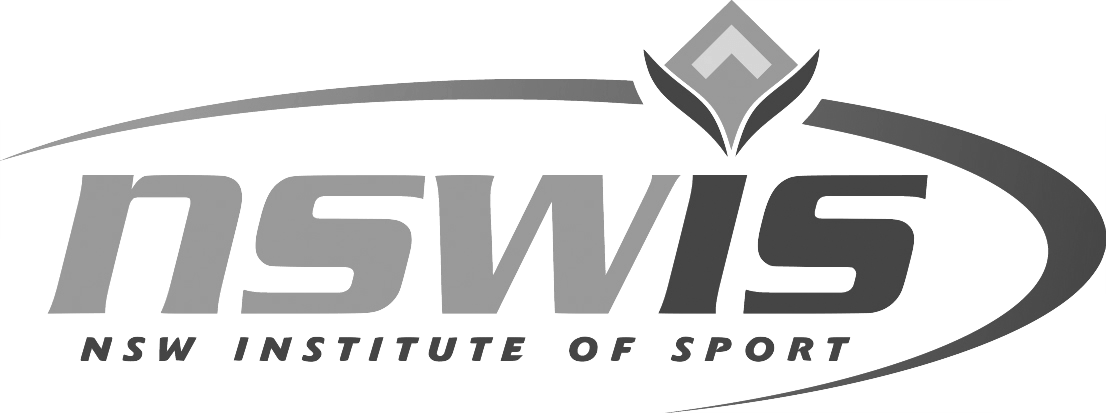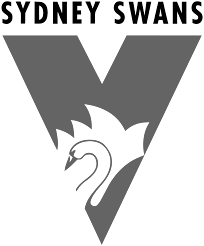Sports Injuries
Sports injuries, including joints sprains, muscle strains and fractures/dislocations, occur when playing indoor or outdoor sports or while exercising.
They can result from
- direct or indirect contact accidents
- inadequate training and physical preparation
- improper use of protective devices, or
- insufficient stretching or warm-up exercises.
Recovery & Common Treatments
The most common treatment method recommended for injury is Protection, Optimal Load, Rest, Ice, Compression and Elevation (POLICE).
- Protect - support and position the injury in a way that doesn't worsen it
- Optimal Loading - rehabilitation begins as soon as the injury occurs. It is a matter of finding non-exacerbating load to stimulate and enhance tissue recovery
- Ice - for comfort and pain relief. 10 minutes as often as every 4-6 hours for the first 2 days
- Compression - to control swelling and inflammation
- Elevation - the most potent means of reducing swelling is lifting the limb above the level of the heart
REHABILITATION
PHASE 1- RELATIVE REST
The first step in the treatment of acute injury is relative rest to reduce the irritation of the injured tissues. (Only very serious and acute injuries require more protection)
This usually takes 1-2 weeks. In this early process a physio or sports doctor can guide you by allowing you to protect your injured region (bracing, strapping and a medical certificate for your work), and sometimes by providing some anti-inflammatory medications.
Sometimes the early healing response can become unhelpful and cause persisting inflammation and pain, which impede your ability to start useful rehabilitation exercise.
PHASE 2- MECHANOTHERAPY and STRENGTH PROGRESSIONS
The main principle of rehab is deliberate overload to achieve adaptation of both the tissues and the nervous system that controls those tissues.
Gradual progressions can be made toward higher load and higher speed exercises.
This is because we know that muscles, bones, ligaments and tendons respond to the direction and magnitude of the forces (or lack of forces) placed on them.
Mechanotherapy is a fancy word for therapy with supervised exercises that help your body move in ways that do not inflame the injured tissues and give biological signals to heal and remodel the injured tissue again. In other words, you want to find the balance to simultaneously avoid the movements and positions that trigger the problem, and also perform exercises that are customised to help you make the region stronger.
It requires SKILL to achieve this balance and an experienced physiotherapist is highly valuable here.
The body generally takes about 6-12 weeks to lay down new tissue and make an area stronger after injury, but many months to fully mature.
Before entering the final phase, your Rehabilitator should ensure they have addressed any other weaknesses in your "kinetic chain", above and below the level of pain.
PHASE 3- COACHING and RETURN TO SPORT
This is the most important phase for people who want to return to activities that put a lot of load on the tendon.
Your rehabilitator (often a Physiotherapist, but more commonly Exercise Physiologist) watches you performing the activity and coaches the movement to make it efficient and as safe as possible.
Global Overview of Common Sports Injuries:
Foot and ankle injuries:
Foot and ankle injuries include the injuries in the leg below the knee, and they are common in athletes and while playing sports such as football, hockey and skating. Common sports injuries to the foot and ankle include sprains and strains, ankle fractures, and Achilles tendinopathy. Treatment for these conditions may include orthotics, braces, strengthening with physio, or escalation to injections or surgery.
Shoulder Injuries:
Severe pain in your shoulder while playing your favourite sport, such as tennis, basketball and gymnastics, may be caused by an instability episode (dislocation) of the shoulder. Impingement and rotator cuff injuries tend to result from overuse, particularly in overhead sports and activities. Shoulder pain can become very persistent. A complete diagnostic workup of acute or chronic injuries, can help determine the best management and get you on the right track sooner.
Hip Injuries:
Hip impingement, labral tears and hip dislocation are some of the common sports injuries affecting the hip. Developmental conditions from childhood often contribute to these problems by determining the shape of the hip ball and socket joint (how deep or shallow it is).
The hip joint bears more weight and is more susceptible to injuries while playing sports. Hip injuries require immediate medical intervention to avoid further complications. Rehabilitation programs and physiotherapy are often recommended following medical intervention, where you need to perform certain exercises to strengthen your muscles and improve movement quality.
Knee Injuries:
The anterior cruciate ligament (ACL) is a major stabilizing ligament in the knee, which may rupture with injury while playing sports. The ACL has poor ability to heal and may cause ongoing knee instability. Other common sports injuries in the knee include patella (knee-cap) dislocations, cartilage damage and meniscal tears.
Knee injuries such as ACL ruptures during sports may require surgical intervention, but increasingly we are finding that carefully directed non-operative treatment algorithms are achieving success.
Dr Samra will fully assess your problem to determine and coordinate the best course of action, whether it be non-surgical treatments via directed physiotherapy and rehabilitation, or surgery.
Sports Injury Prevention
Here are some ways to avoid sports injuries:
- Follow a graduated exercise program to strengthen your muscles.
- Gradually increase your exercise level and avoid overdoing any single exercise. Ensure that you are physically fit to play the sport.
- Ensure that you wear properly-fitted protective gear such as elbow guards, eye gear, mouth guards and pads, comfortable clothes, and comfortable athletic shoes before playing any sports activity.
- Make sure that you follow warm-up and cool-down exercises before and after the sports activity. Exercises will help stretch muscles, increase flexibility and reduce soft tissue injuries.
- Maintain a healthy diet, to provide nutrients for muscle and tissue recovery.
- Avoid playing when you are injured, systemically unwell or tired. Pace yourself and take regular breaks if you are not well conditioned.



